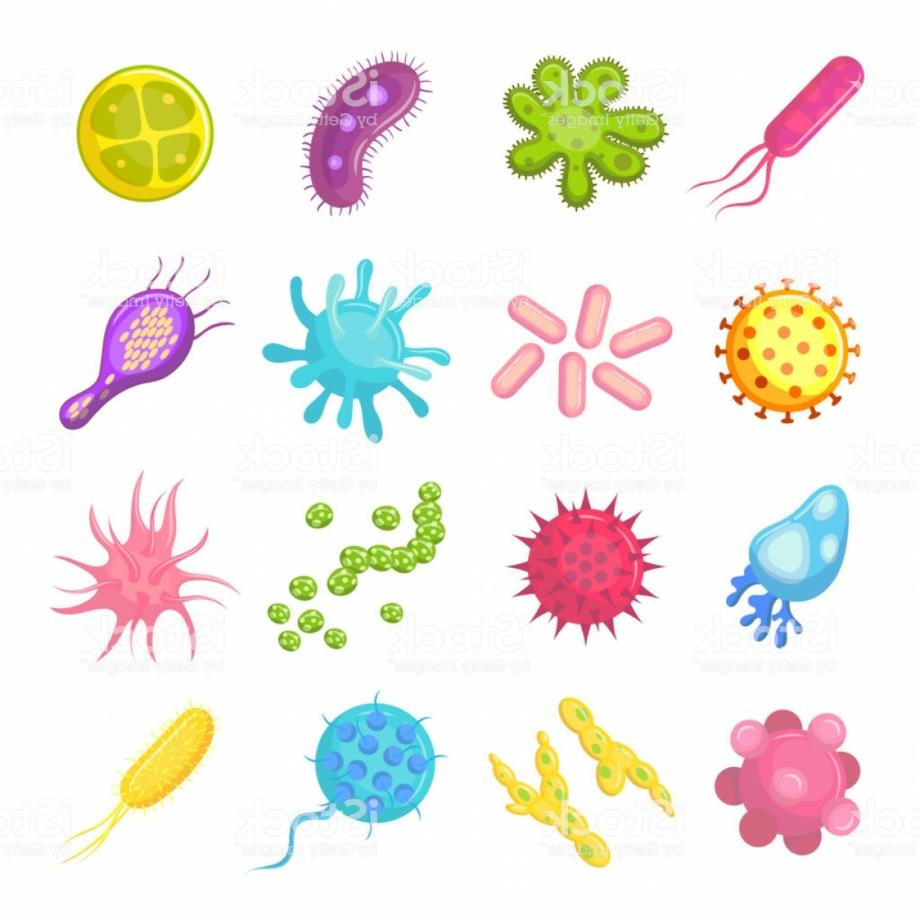
Compounds 4 and 5 have the same glycone moiety, comprising β-olivose-(4→1)-β-olivomycose-(3→1)-4- O-carbamoyl-β-amicetose, but slightly differ only in the tetracyclic benzanthracene skeleton with the hydroxyl group on C-4 in 5. The structures of both compounds were determined using high-resolution time-of-flight mass spectrometry (HR-TOF-MS), 1D, and 2D NMR techniques. Two undescribed angucycline-type glycosides, namely stremycins A ( 4) and B ( 5) ( Figure 1), were isolated from the culture extract of Streptomyces pratensis strain NA-ZhouS1, which was obtained from a marine sediment in Zhoushan, East China Sea.
Interestingly, 2 exhibited the same MIC value as chloramphenicol, a positive control used in this study. Compounds 1– 3 were active against methicillin-resistant Staphylococcus aureus (MRSA), with minimum inhibitory concentration (MIC) values of 12.5, 3.12, and 12.5 μg/mL, respectively. The chemical structures of 1– 3 were established using interpretation of 1D and 2D NMR as well as high-resolution electrospray ionization mass spectrometry (HRESIMS) data. Incubation of the bacterium in the SPY medium was done at 28 ☌ for 7 days. The production of these compounds was significantly increased with the addition of lanthanum chloride (LaCl 3) to the SPY medium (39.5 g of sea salt, 20 g of soluble starch, 10 g of glucose, 5 g of peptone, 5 g of yeast extract, 2 g of CaCO 3, 0.5 g of K 2HPO 4, and 0.5 g of MgSO 4♷H 2O per liter). Three unreported angucycline-type aromatic polyketides, nocardiopsistins A-C ( 1– 3) ( Figure 1), were isolated from a deep-sea actinobacterium, Nocardiopsis sp. AMR would cost about 3.5 billion USD purchasing power parity (PPP) per year to the healthcare services of this group of countries. The report by OECD in 2018 showed that around 2.4 million individuals could die in Europe, North America, and Australia from 2015 to 2050 due to antimicrobial resistance (AMR). The immense burden caused by the drug-resistant microorganisms affects not only human health but also the economy. It is predicted that antibiotic resistance in these countries will rise four to seven times faster than in other 37 member countries of the Organization for Economic Co-operation and Development (OECD). Currently, the pan- or multidrug-resistant (MDR) microbes are responsible for about 40–60% of the infection cases in many low- to middle-income countries, such as Indonesia, Brazil, and Russia. One of the most significant global concerns regarding health issues is the emergence and rapid spread of drug-resistant pathogens that have acquired new resistance mechanisms, leading to antimicrobial resistance.

Some previously undescribed compounds, isolated from marine-derived bacteria during this period, could have a good potential as lead compounds for the development of drug candidates to overcome multidrug-resistant pathogens. In addition, some of the compounds also showed activity against biofilm formation of the test bacteria. These compounds were active against one or more drug-resistant pathogens, such as methicillin-resistant Staphylococcus aureus (MRSA), methicillin-resistant Staphylococcus epidermidis (MRSE), vancomycin-resistant Enterococci (VRE), multidrug-resistant Mycobacterium tuberculosis (MDR-TB), and amphotericin B-resistant Candida albicans. We have categorized the structures of the compounds in the present review into four groups, based on their biosynthetic origins, as polyketide derivatives, amino acid derivatives, terpenoids, as well as compounds with mixed origin. The results showed that Streptomyces are the most studied bacteria with undescribed bioactive compounds, followed by other genera in the Actinobacteria.
Unreported compounds during this period that exhibited activity against pathogenic microbes were discussed and compared in order to find the cue of the structure–bioactivity relationship. Previously described compounds (prior to January 2016) are not included in this review. Published articles containing novel marine bacterial secondary metabolites that are active against drug-resistant pathogens were collected.

Therefore, this review highlights novel and bioactive compounds from marine bacteria reported during the period of January 2016 to December 2021. Marine bacteria have been proven to be a prolific source of a myriad of novel compounds with potential biological activities. The search for new antibiotics against drug-resistant microbes has been expanded to marine bacteria.


 0 kommentar(er)
0 kommentar(er)
